Trending
Opinion: How will Project 2025 impact game developers?
The Heritage Foundation's manifesto for the possible next administration could do great harm to many, including large portions of the game development community.

Featured Blog | This community-written post highlights the best of what the game industry has to offer. Read more like it on the Game Developer Blogs or learn how to Submit Your Own Blog Post
A somewhat spoiler-ish look at the drug fisstech in the original Witcher and how it was incorporated into the game.

The Witcher treads a lot of common ground when it comes to RPGs, but it does so with a distinct swagger. To illustrate this, here's a quick story.
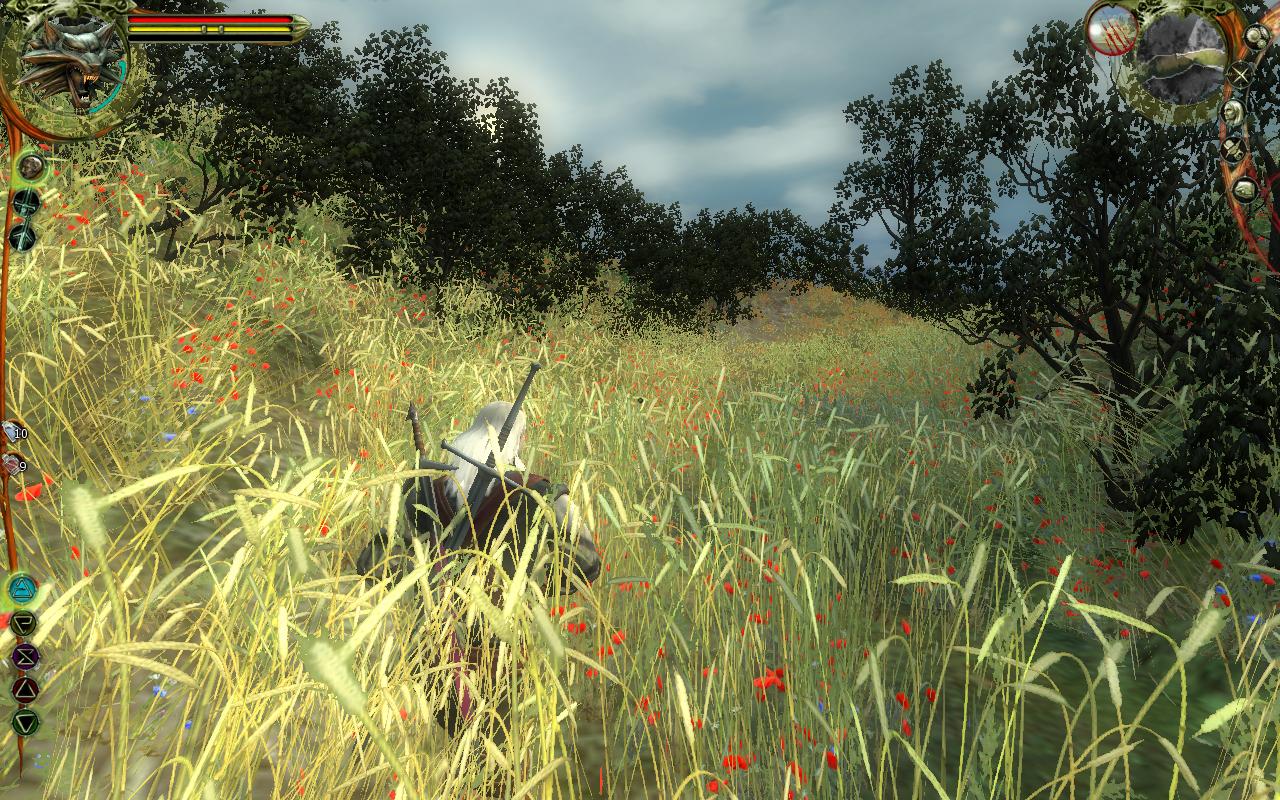
the_witcher_1
Early on in the game, the protagonist Gerlat can accept a quest to deliver a package into a quarantined city. When he finally makes his way in, he's arrested and his possessions confiscated.
He eventually recovers them all, except for one: the mysterious bundle he was asked to smuggle.
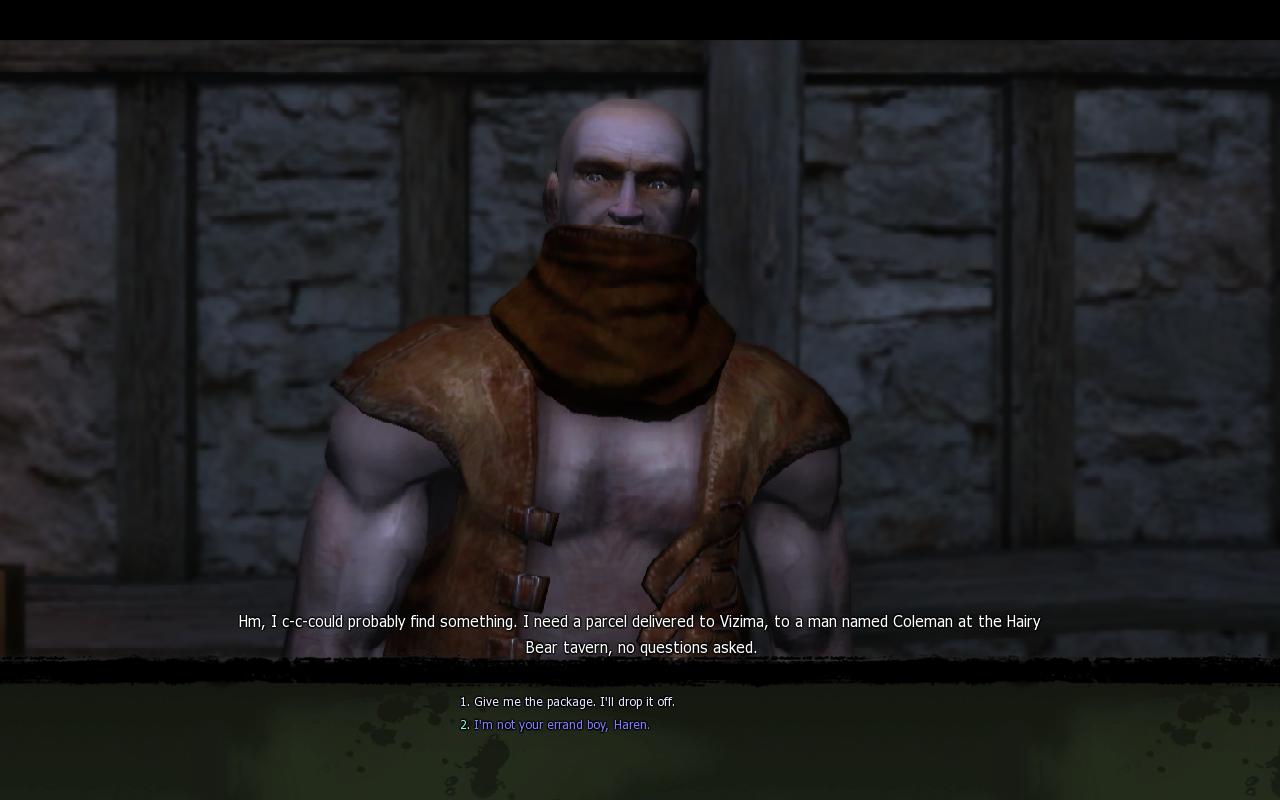
the_witcher_2
Jethro, the city jailer, non-chalantly informs Geralt that he's lucky not to be in more trouble. The package contained fisstech, an illegal drug similar in properties to cocaine. It quickly becomes obvious that Jethro himself is an addict and the confiscation wasn't exactly legal.
Geralt can get his hands on more fisstech by dispatching Salamander troops, henchmen of main antagonist who tend to carry the illegal substance. The drug can then be used to bribe more information out of Jethro, shedding some light on the local crime syndicates.
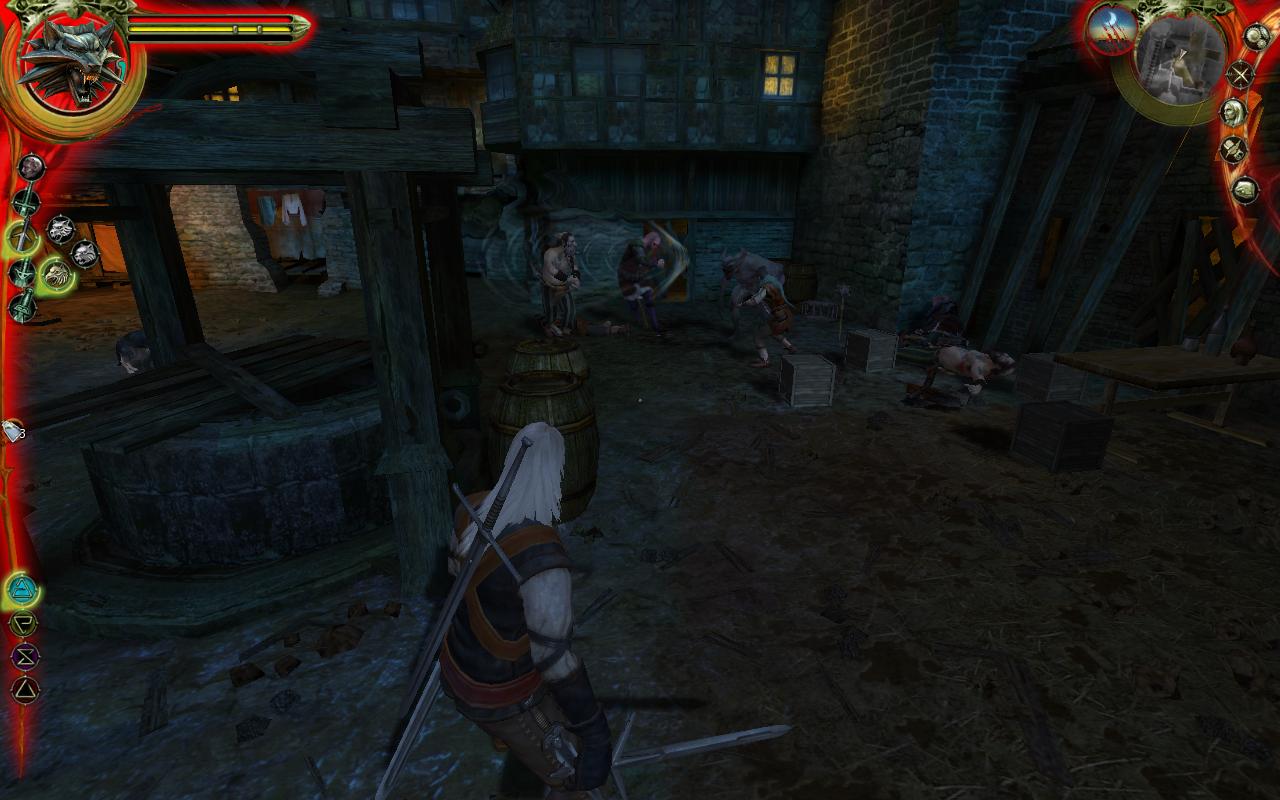
the_witcher_3
Eventually it's revealed that the Salamanders were trying to squeeze out their competition by framing Ramsmeat, a local crime boss, in hopes of Geralt going after him and the two sides weakening or eliminating each other.

the_witcher_4
Following a clash between the religious Order of the Flaming Rose and the Scoia'tael, a terrorist group (or a freedom-fighter one, depending on how you look at it), the Salamanders expand their operation into the swamps.
Various factions Geralt had dealt with in the past are affected by this: the woodcutters are slaughtered, numerous brickmakers are kidnapped and put into slave labour, and a large Salamander band moves into the former Scoia'tael encampment.
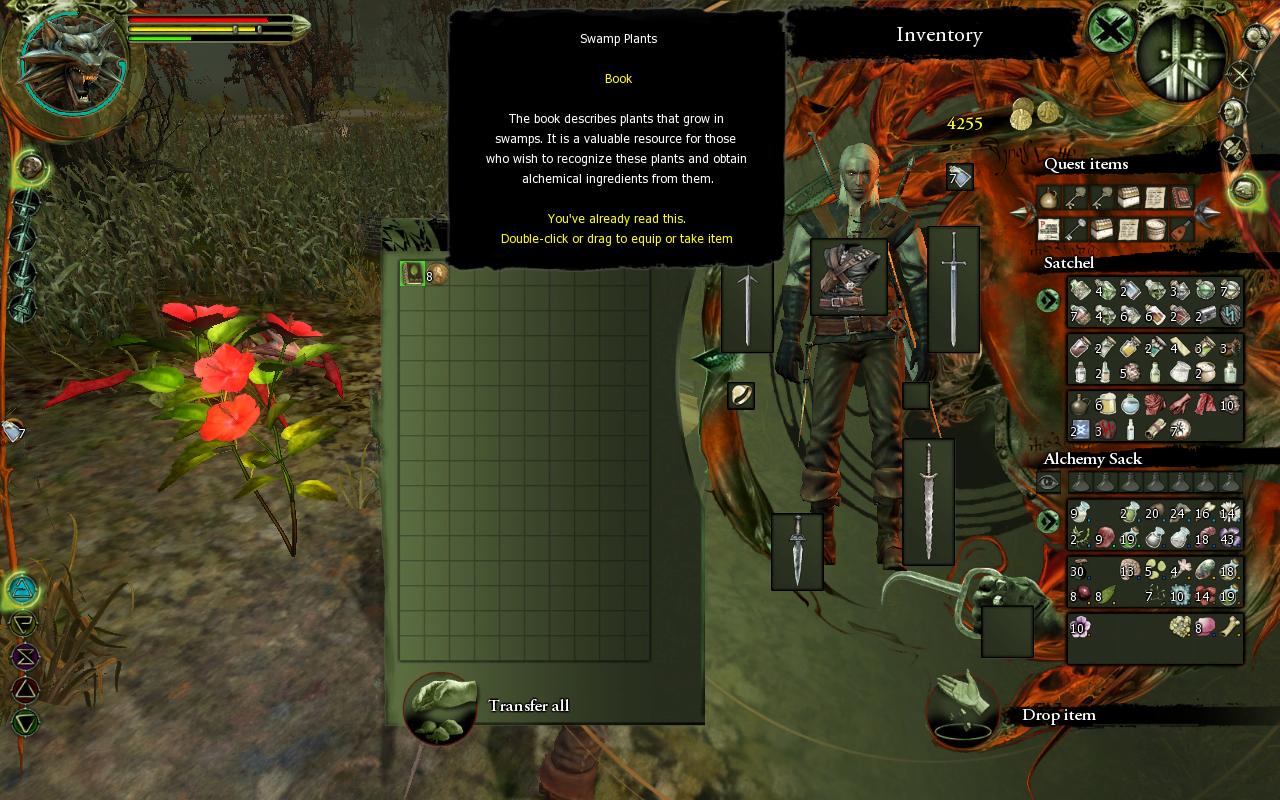
the_witcher_5
When Geralt rescues the brickmakers, he discovers they were made to gather plants for fisstech production. The Salamander's treasures even contain a book on swamp plants, the very same book Geralt had to have read in order to loot local flora.
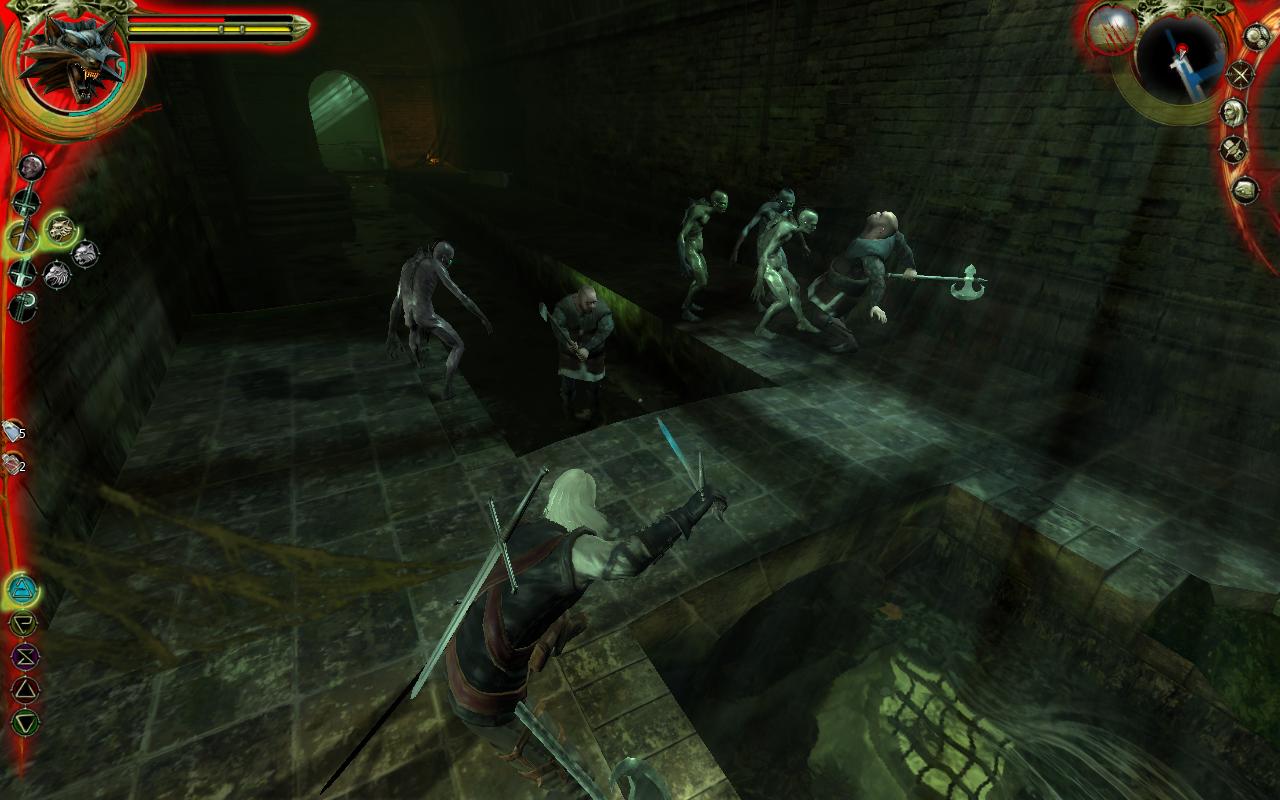
the_witcher_9
Back in Vizima, Jethro requests that Geralt follow a lead on a fisstech pusher under the guise of cleaning up the streets. In reality, the jailer simply wants to secure the source of his addiction by cracking down on its suppliers.
The trail eventually leads Geralt to the sewers and an abandoned crypt where the Salamanders produce fisstech. Among their servants he finds a frightened alchemist who rewards Geralt with a potion-recipe if he promises not to report his slacking.
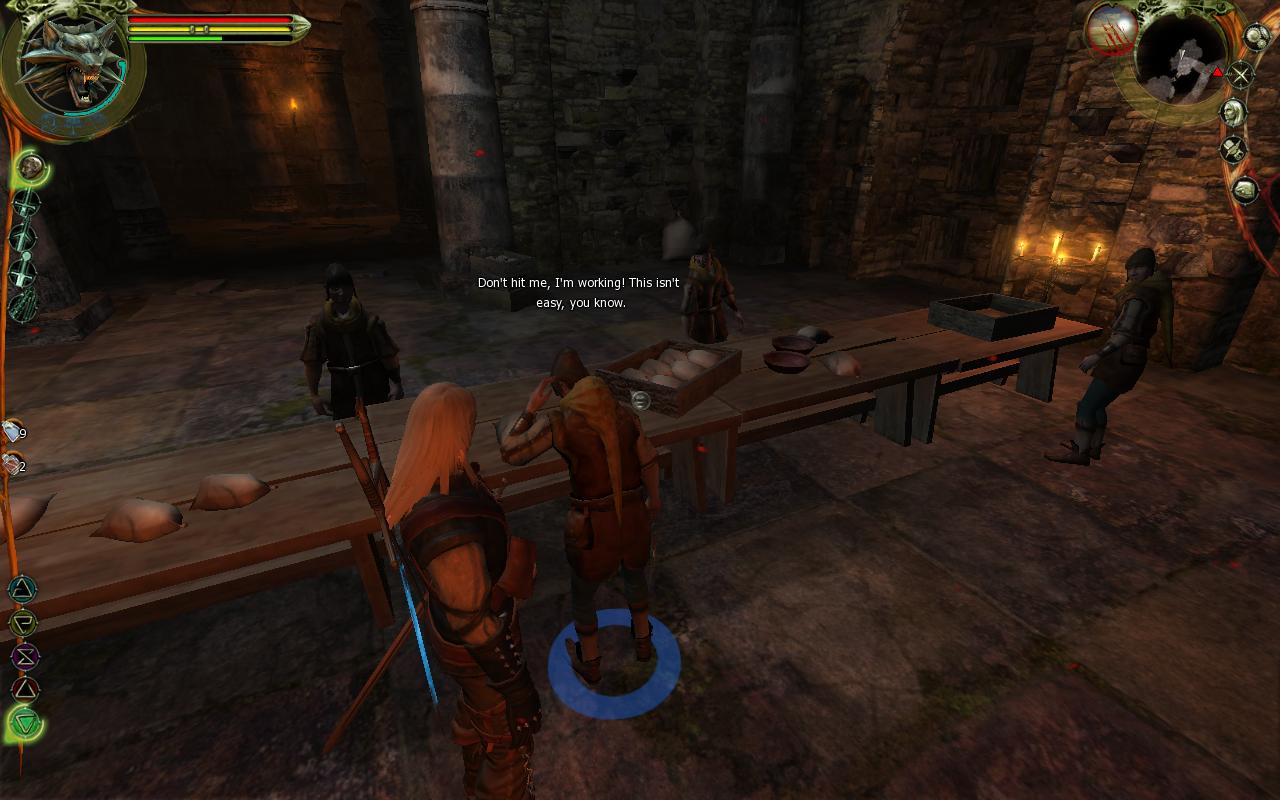
the_witcher_6
When the hideout is cleaned out, the crooked jailer and the city guard storm the area in order to secure the contraband. It's at this time that Geralt bluntly tells Jethro that all the drugs better stay confiscated or he'll come after the jailer next.
Finally, the documents Geralt retrieves from both the Salamander cells point him to the ultimate stronghold. As Geralt storms the base, a cutscene plays out showing a Salamander leader requesting more money following the group's recent failures.
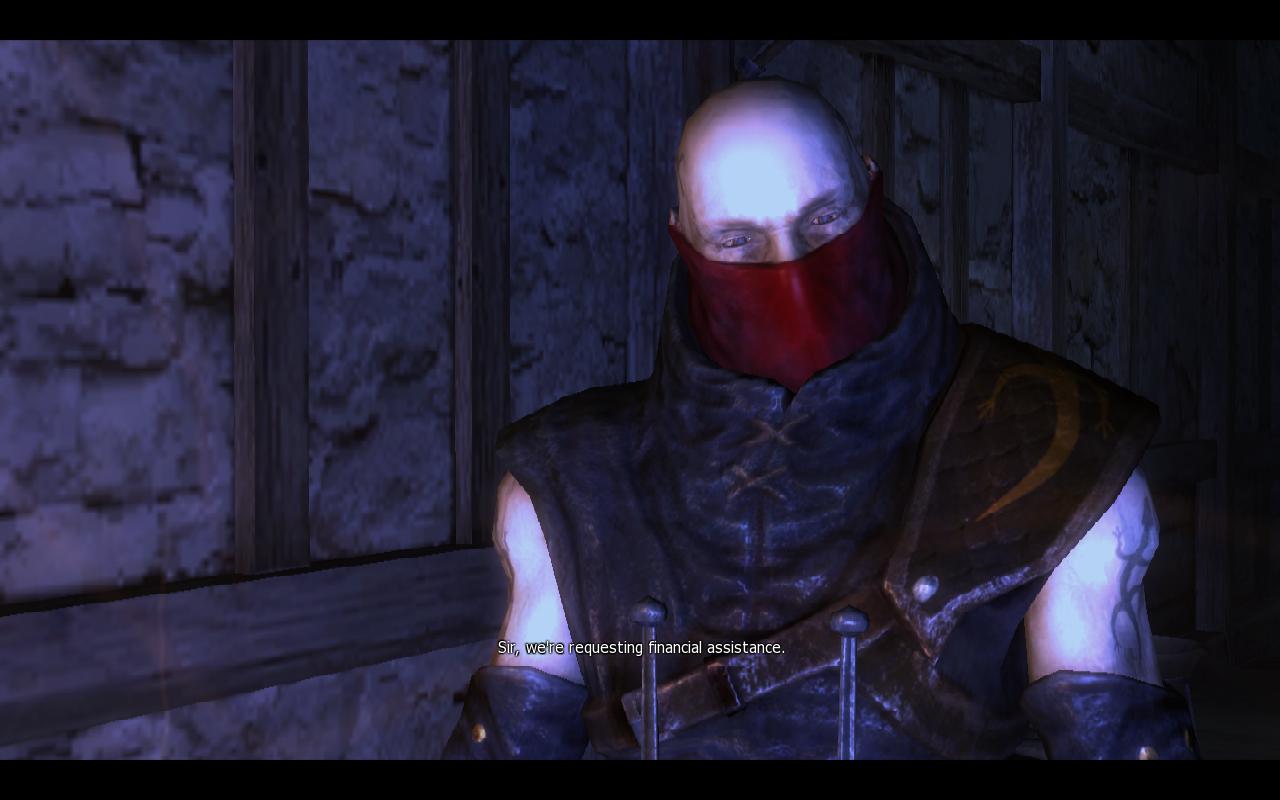
the_witcher_7
All these events make perfect sense from gameplay, plot, and setting perspectives. The slaves need proper skills and instructions, the bad guys require funding for their operations, and powerful factions constantly vie for supremacy.
Every element serves as a gear snugly connected to another, and when the switch is pulled, the machine doesn't grind to a halt.

the_witcher_8
What's more, the game itself is not homogenized. Fisstech doesn't come across as a bullet point on a worldbuilding checklist that needs to be adhered to at every turn. It's just part of the tapestry, and there's a lot more of it to experience.
Radek Koncewicz is the CEO and creative lead of Incubator Games, and also runs the game design blog Significant-Bits.
Read more about:
Featured BlogsYou May Also Like